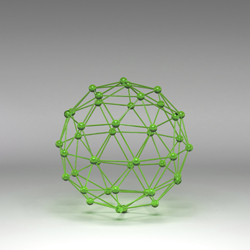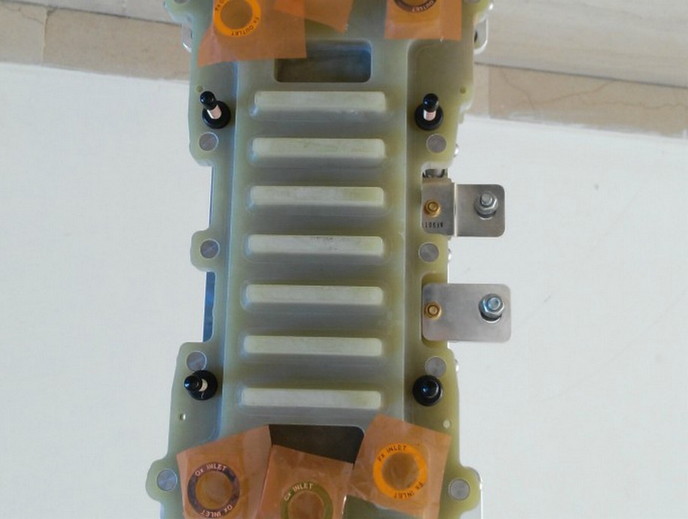Single-nanoparticle catalytic activity
Considerable interest exists worldwide in systems of noble metal NPs on nano-structured carbon electrode supports. The supports are often graphene, single-walled carbon nanotubes, graphite or conducting diamond. Effective exploitation of such electrocatalytic systems requires exquisitely detailed understanding of processes at the single-NP level. Collaboration between expert labs in electrocatalysis and in high-resolution electrochemistry and imaging for the EU-funded project 'Visualising electrocatalysis at the nanoscale' (VISELCAT) has been quite fruitful. Success was spurred on by the scientists' development of pioneering scanning electrochemical cell microscopy (SECCM) capable of probing individual sites on electrode surfaces. With the extremely high spatial and temporal resolution, scientists first answered many open questions regarding the electron transfer properties of the electrode support materials. In particular, groundbreaking work on highly oriented pyrolytic graphite demonstrated the need to revise current textbooks. Researchers also employed SECCM to study formation of NPs, revealing the previously underestimated role of the interaction between NPs and substrate materials. Findings are guiding new studies into electrodeposition processes. Finally, scientists studied electrocatalytic materials with SECCM. Findings show that grain structure and surface orientation of individual grains are important to localised reactivity. Studies of single-NP reactivity within an ensemble of platinum NPs on a single carbon nanotube showed that slight variations in NP morphology change reactivity drastically. An innovative set-up combining a very small pipette with SECCM facilitated study of the landing of individual NPs on substrate electrode materials. The low background current enabled scientists to detect minimal current signals from NPs with good time resolution. Thus, the team was able to characterise combined electrochemical and physical properties at the single-NP level for the first time. Findings have already been published in eight peer-reviewed papers in leading scientific journals and more are in preparation. VISELCAT outcomes and techniques pave the way to optimisation of electrocatalysis through manipulation of size and catalytic activity of nanocatalysts at the single-NP level. Widespread implementation promises rapid advances and long-awaited breakthroughs in electrocatalysis for alternative energy systems, sensors, water purification and chemical synthesis.







